Sun Worksheets for Second Grade
For second-grade students eager to explore the wonders of the sun, engaging worksheets can serve as valuable tools to enhance their understanding of this celestial entity.
Table of Images 👆
More 2nd Grade Worksheets
Math Worksheets 2nd Grade ActivitySecond Grade Reading Worksheets Printable
Clock Worksheets for Second Grade
Past Tense Verbs Worksheets 2nd Grade
First Day of School Worksheets 2nd Grade
Main Idea Worksheets Second Grade
Reading Fluency 2nd Grade Worksheets
Second Grade Short Story Worksheet
Being a Good Citizen 2nd Grade Worksheet
What is the Sun?
The Sun is a massive ball of hot plasma at the center of our solar system. It is a star, primarily composed of hydrogen and helium, that generates light and heat through nuclear fusion reactions in its core. The Sun plays a crucial role in sustaining life on Earth by providing energy for photosynthesis, weather patterns, and the overall climate on our planet.
What is the shape of the Sun?
The Sun is a nearly perfect sphere, as it is a celestial body that is primarily composed of plasma and held together by its own gravity. Its shape is mostly determined by the balance between the inward force of gravity and the outward pressure from nuclear fusion reactions happening at its core.
How far is the Sun from Earth?
The average distance from the Sun to Earth is about 93 million miles or 150 million kilometers.
What is the Sun made of?
The Sun is primarily made up of hydrogen (about 74%) and helium (about 24%), with small amounts of heavier elements such as oxygen, carbon, neon, and iron making up the remaining 2%.
How does the Sun provide light and heat?
The Sun provides light and heat through a process called nuclear fusion. In the Sun's core, atoms of hydrogen are converted into helium, releasing energy in the form of light and heat. This energy travels through space in the form of electromagnetic radiation, reaching Earth and providing the light and warmth necessary for life to thrive on our planet.
How does the Sun affect our weather?
The Sun affects our weather by providing the energy that drives atmospheric processes. Solar radiation heats the Earth's surface, causing temperature differences that drive air circulation, which in turn influences weather patterns such as winds, precipitation, and cloud formation. The Sun's energy also influences the water cycle, ocean currents, and overall climate on Earth.
What are sunspots?
Sunspots are dark regions on the surface of the sun that are cooler than surrounding areas, resulting in reduced energy emission. They are caused by intense magnetic activity and appear as dark spots because they are regions where magnetic fields are particularly strong and inhibit the flow of energy from the sun's interior to its surface. Sunspots are part of the sun's natural 11-year cycle of activity and are associated with increased solar flares and coronal mass ejections, which can impact space weather near Earth.
How does the Sun affect plants and animals?
The Sun plays a crucial role in the growth and development of plants and animals. Plants rely on sunlight for photosynthesis, a process through which they convert sunlight into energy to produce food. Sunlight also affects the behaviors of animals, influencing their daily routines, breeding patterns, and migration. Additionally, sunlight is essential for the synthesis of vitamin D in animals, necessary for their overall health and proper functioning. Ultimately, the Sun is a vital source of energy and nutrients for both plants and animals, playing a fundamental role in their survival and well-being.
How does the Sun produce energy?
The Sun produces energy through a process called nuclear fusion, where hydrogen atoms combine to form helium and release immense amounts of energy in the form of heat and light. This process occurs in the Sun's core, where temperatures and pressures are so high that hydrogen nuclei fuse together to create helium nuclei, releasing energy in the form of photons. This energy sustains the Sun's high temperatures and allows it to shine brightly as it does.
Why is the Sun important for life on Earth?
The Sun is important for life on Earth because it provides the necessary energy for photosynthesis, the process by which plants and other organisms convert sunlight into food. This energy is essential for all living organisms to grow and thrive. Additionally, the Sun's warmth helps regulate Earth's climate and weather patterns, creating optimal conditions for life to exist on our planet.
Have something to share?
Who is Worksheeto?
At Worksheeto, we are committed to delivering an extensive and varied portfolio of superior quality worksheets, designed to address the educational demands of students, educators, and parents.

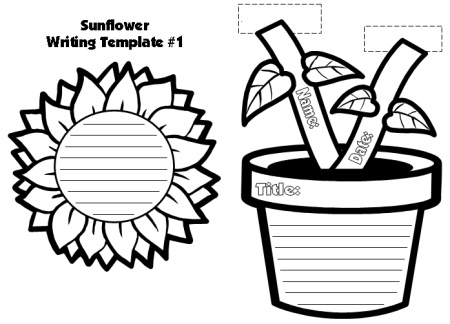






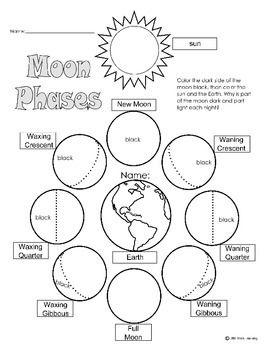
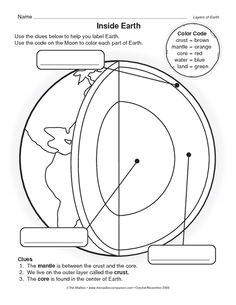
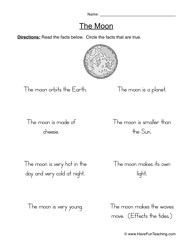
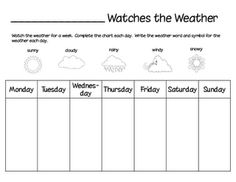
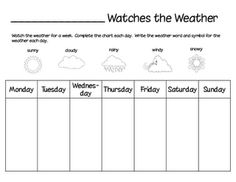
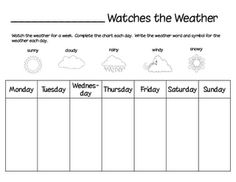
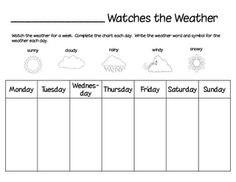














Comments